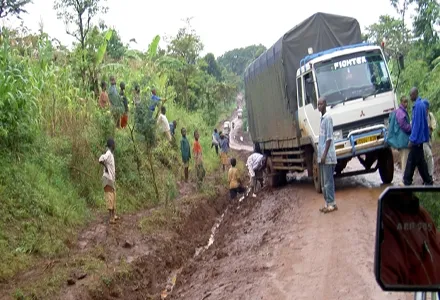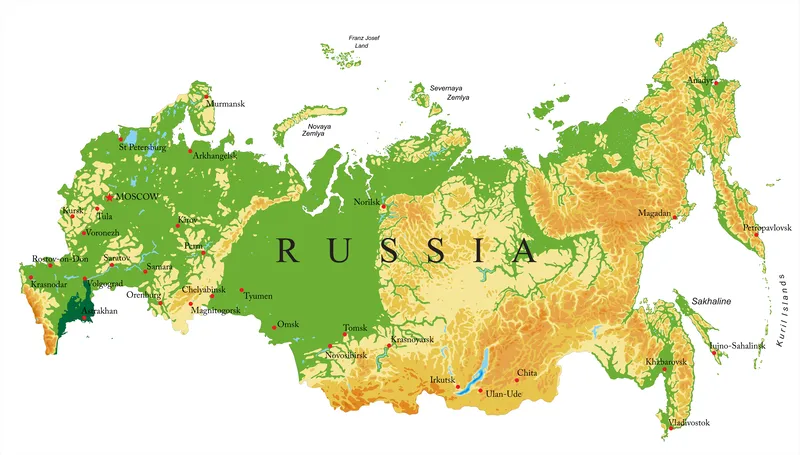A major Myanmar expressway project is due to commence.
By MJ Woof
November 16, 2020
Read time: 1 min

Work is being planned in Myanmar for a new expressway connecting Kyaik Hto and Bago. The 64km expressway will form part of the East West Economic Corridor (EWEC) of the Greater Mekong Subregion (GMS). The most challenging stage of the project will be constructing the 2.3km bridge spanning the Sittang River.
Funding of around US$265.5 million is being provided by the Japan International Cooperation Agency (JICA). A loan of $415.6 million is being sourced from the Asian Development Bank (ADB) for the project also.
Construction is expected to commence in 2022-2-23 and should take until 2028-2029 to complete. The project is being planned by Myanmar’s Ministry of Construction.







